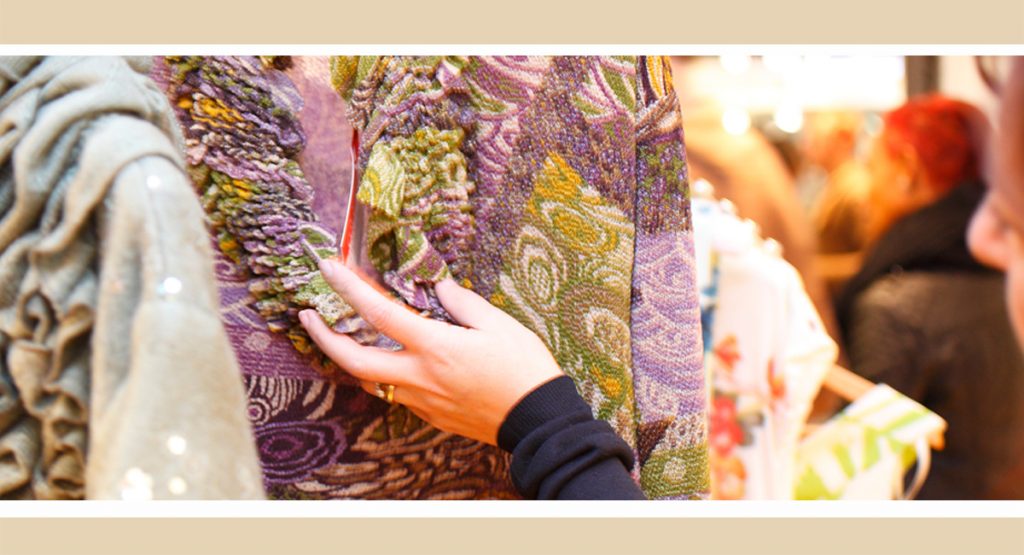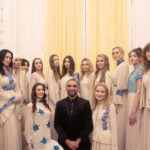A brief departure from my usual conversation of couture dressing, as I would like to talk with you about how to care for your clothes, presenting a few tips and pointers that can add to the longevity of your garments.
Hand washing garments: now there’s a bit of a debate here, yes a lot of washing machines do have a hand-wash facility, and yes, in some instances this is perfectly fine for ‘some’ delicates and woollens. But I have had the experience of putting 100% cotton jumper on a machine hand wash only to find that it shrunk, noticeable in the sleeve length; most garments should be pre-shrunk to avoid this, but it does happen.
Whilst you might think, ‘who has the time to actually hand wash a garment?!’, unless it’s heavily soiled, hand washing is not as time consuming as you might think, a gentle soak in a soft detergent compatible to the fabric and your hands, a gentle rubbing and rinse, can be kinder than the agitation from the washing machine. When researching your washing powder/liquid, be mindful to read the ingredients, especially if you have sensitive skin.
Pressing your garments: it’s important to be aware of the heat being used whilst pressing; the temperature not only affects the fabric’s fibres, but also how it will look. A good investment is a ceramic plated iron with steam facility, this is a great aid for stubborn creases in cottons and hardwearing fabrics such as denim. However, too much heat depending on the fabric can cause it to stick to the plate; even with a ceramic plate, cotton can be scorched if the iron is very, very hot.
Some 100% polyester garments can result in a glazed look with seam imprints, penetrating through to the garment surface with too high a heat. It’s always best to start ironing at a low heat and turn the temperature gauge up in intervals. Stubborn creases benefit from a blast of steam, temporarily softening the fabric.
The symbols on an iron, ‘the dots’ are as follows:
- 1 dot – a cool iron
- 2 dots – a warm iron
- 3 dots – a hot iron
It takes time for the iron temperature to adjust when changing from one setting to another, so do allow for this, especially if moving from a high to a low setting, that’s why its best to press garments that require a cool setting first, then gradually increase the setting for other garments.
Dry cleaning: a circle in a square means the garment is suitable for dry cleaning, if there is a letter within the circle that’s to inform the dry cleaner of the solvent wash/method. If the circle has a cross over it, the garment should not be dry cleaned. For those items that can be dry cleaned, professional dry cleaning of a garment not only prolongs the life of the garment, colour and brightness; but also takes into consideration preserving the fabric’s fibres.
Dry cleaning uses solvents to remove soils and stains, its advantage is its ability to dissolve grease and oils in a way that water cannot. The result is the ‘brand new’ look, from cleaning to pressing. There are now ‘eco dry cleaners’, however not all silks benefit from this method of dry cleaning and it’s is best to check first.
Care and handle of your garment is not just about preservation of your investment, but also how the garment will look, when worn again and again…

Coral Turner is a couture designer based in London. Specialising in unique ready-to-wear Race Day Fashion, her emphasis is focused on the way clothes make you feel. In addition a dressmaking service is also available. “My dresses are just like you… one of a kind.” See her website at https://coralturner.com





